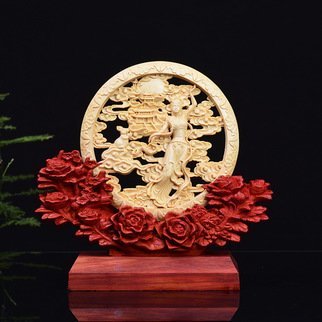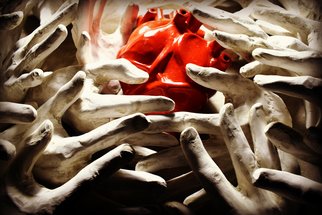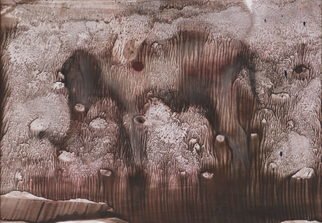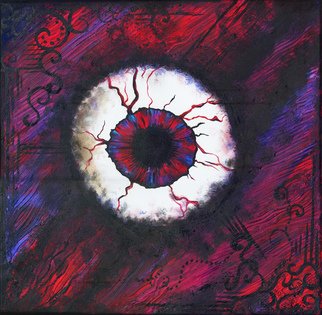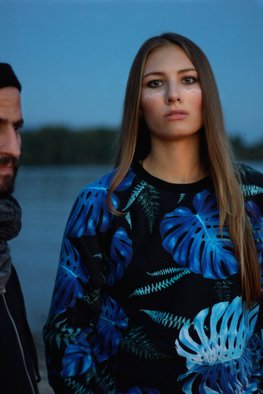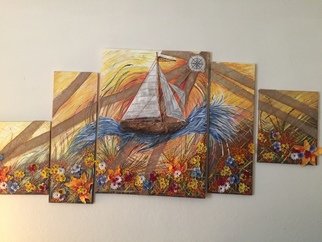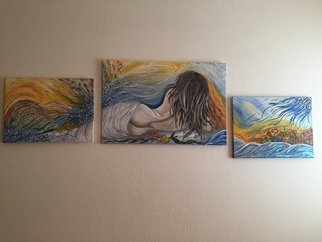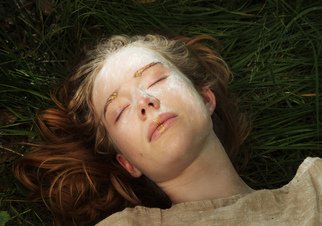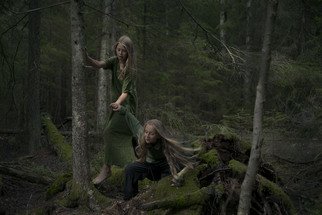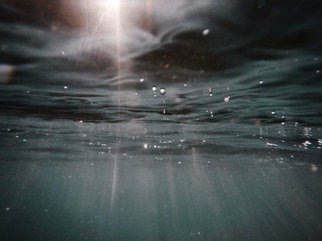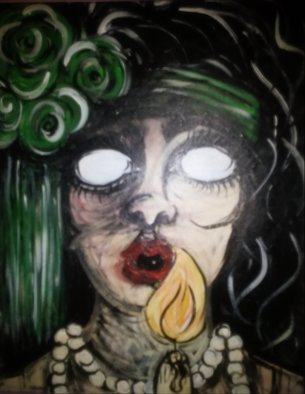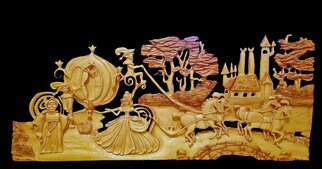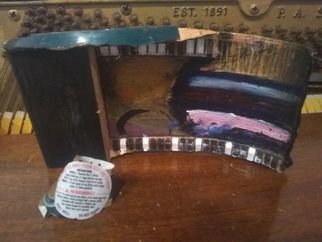Magical Art For Sale
Page 3 of 4

Browse 92 Magical artworks for sale. Contemporary artists: Nolan Yang, Luca Vallone, Anastasia Poliakova, Vasilli Salov, Aliona Kuznetsova, Mag Muller, Kristina Junzell, Akbar Warisqia, Tony Rosti, Kelly Thomas, Brian Gruby offering Magical artworks. Links to more artworks by these contemporary artists and 4 pages for and further artists at the bottom of this page. To view a work by any of these contemporary artists simply click on the image or browse the artist's portfolio. To buy any Magical art simply click on the image to go to a more detailed page about this work of art.
(Page 3 of 4) - MORE ARTWORKS
